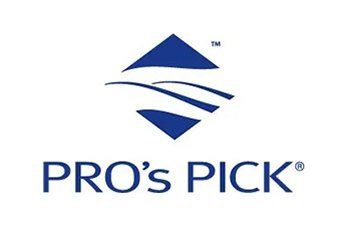Check Out Our Glossary and Familiarize Yourself With
Water Treatment Systems
Free Water Analysis | Over 40 Years of Experience | Honor Manufacturers' Warranties
Free Water Analysis
Over 40 Years of Experience
Honor Manufacturers' Warranties
Helping You Understand the Water Treatment Process
Atlantic Filter Of Polk County, Inc has been providing superior-quality water treatment system services for over 40 years. Our skilled team knows the water treatment process inside out. Browse through the glossary below so that you too can learn about some of the important aspects of the process.
Activated Carbon:
It's a water treatment medium found in block, granulated, or powdered form obtained by heating carbon such as coal, wood, or coconut shells. This creates a highly porous adsorbent material. Activated carbon removes chlorine and organic chemicals in our drinking water.
Aeration:
It's the process of adding air to water. This is achieved by either passing air through the water or passing water through the water. Aeration is used for the oxidation of matter such as iron, hydrogen sulfide, or carbon dioxide from the water.
Bacteria:
Bacteria are microscopic living organisms. Many different types of bacterial organisms are found in drinking water. Some bacteria are helpful to man, but others are harmful.
Chlorination:
It's the application of adding chlorine to water generally for the purpose of disinfection. This form of treatment helps in coagulation and controlling tastes and odors in our drinking water.
Coliform Bacteria:
It's a group of bacteria found in human and animal intestines and wastes. The presence of coliform bacteria is an indication that the water may be polluted and may contain disease-causing organisms. Fecal coliforms are found in the feces of warm-blooded animals.
Filter or Filtration:
It's a device used to clean water by removing impurities and includes mechanical, adsorptive, oxidizing, and neutralizing filters. It's available in the form of media beds in tanks or as cartridge-type devices.
Greensand:
It's a natural mineral that looks like ordinary filter sand except that it is green in color. Greensand that has been treated with potassium permanganate (see manganese greensand) is a product that is used to remove iron, manganese, and hydrogen sulfide from groundwater.
Hardness or Hard Water:
It's a common quality of water that contains dissolved compounds of calcium and magnesium. The term hardness was originally applied to waters that were hard to wash in, referring to the soap-wasting properties of hard water.
Hardness prevents soap from lathering by causing the development of an insoluble curdy precipitate in the water. Hard water is referred to water containing calcium and magnesium with a minimum concentration of one grain per gallon measured as calcium carbonate equivalent.
Excessive hardness in water is undesirable because it causes the formation of soap curds, increased use of soap, deposition of scale in boilers, damage in some industrial processes, and sometimes causes objectionable tastes in drinking water.
Hydrogen Sulfide Gas (H2S):
It's a toxic gas (H2S) that is detectable by a strong "rotten egg" odor. A corrosive and flammable gas produced from decaying organic matter, commonly known as sulfur.
Hydrogen sulfide gas is particularly dangerous because it dulls the sense of smell, becoming unnoticeable after you have been around it for a while; in high concentrations, it is only noticeable for a very short time before it dulls the sense of smell.
Ion:
An ion is defined as an atom or molecule which has gained or lost one or more of its valence electrons, giving it a net positive or negative electrical charge.
There is an imbalance in the number of protons (positively charged particles) and electrons (negatively charged particles) in a chemical species.
Ion Exchange:
It's a reversible process in which ions from an insoluble permanent solid medium are exchanged for ions in a solution or fluid mixture surrounding the insoluble medium. Both cation and anion exchange options are used in water conditioning. Cation exchange is commonly used for water softening.
Iron:
Iron is a very common element found dissolved in groundwater in concentrations usually ranging from zero to ten ppm. It's visible by the staining caused by oxidation and precipitation. Iron can be found in three forms:
- Soluble form as in ferrous bicarbonate
- Bound with a soluble organic compound
- As suspended ferric iron particles
KDF:
It's a media employing copper and zinc alloy particulates which have a redox potential. KDF 55 is effective in removing chlorine and other water-soluble heavy metals, and KDF 85 is used for the removal of iron and hydrogen sulfide.
Manganese Greensand:
It's greensand which has been processed to incorporate in its pores and on its surface the higher oxides of manganese. The product has a mild oxidizing power and is often used in the oxidation and precipitation of iron, manganese, or hydrogen sulfide, and their removal from water.
Nanofiltration:
Nanofiltration is a membrane process that treats water between reverse osmosis and ultrafiltration the filtration or separation spectrum. It can remove particles in the 300 to 1,000 molecular weight range, such as humic acid and organic color found in water.
Point of Entry:
It's a water treatment device that is installed at the main inlet to a building and acts as a centralized treatment.
Point of Use:
It's a water treatment system designed to connect at the actual point-of-use for water like a countertop or under-sink treatment system.
Reverse Osmosis:
It's the separation of one component of a solution from another component by means of pressure exerted on a semipermeable membrane. The membrane allows the passage of the water (solvent) but not the dissolved solids (solutes).
In the reverse osmosis process, two liquids are produced; the reject (containing high concentrations of dissolved solids) and the permeate (containing low concentrations).
Reverse osmosis is a popular and effective drinking water treatment that reduces "dissolved solids" that are often not filterable by other means.
R.O:
The abbreviation for reverse osmosis.
Turbidity:
The cloudy appearance of water caused by the presence of tiny particles is called turbidity. Technically, turbidity is an optical property of the water based on the amount of light reflected by suspended particles.
Turbidity cannot be directly equated to suspended solids because white particles reflect more light than dark-colored particles, and many small particles will reflect more light than an equivalent large particle.
Water Conditioning:
Virtually any form of water treatment designed to improve water quality by neutralization, inhibition, or removal of undesirable substances is referred to as water conditioning.
Water Softening:
It's the reduction or removal of calcium and magnesium ions that are the principle causes of hardness in water.
Call us today! We provide 24-hour emergency services.



Share On: